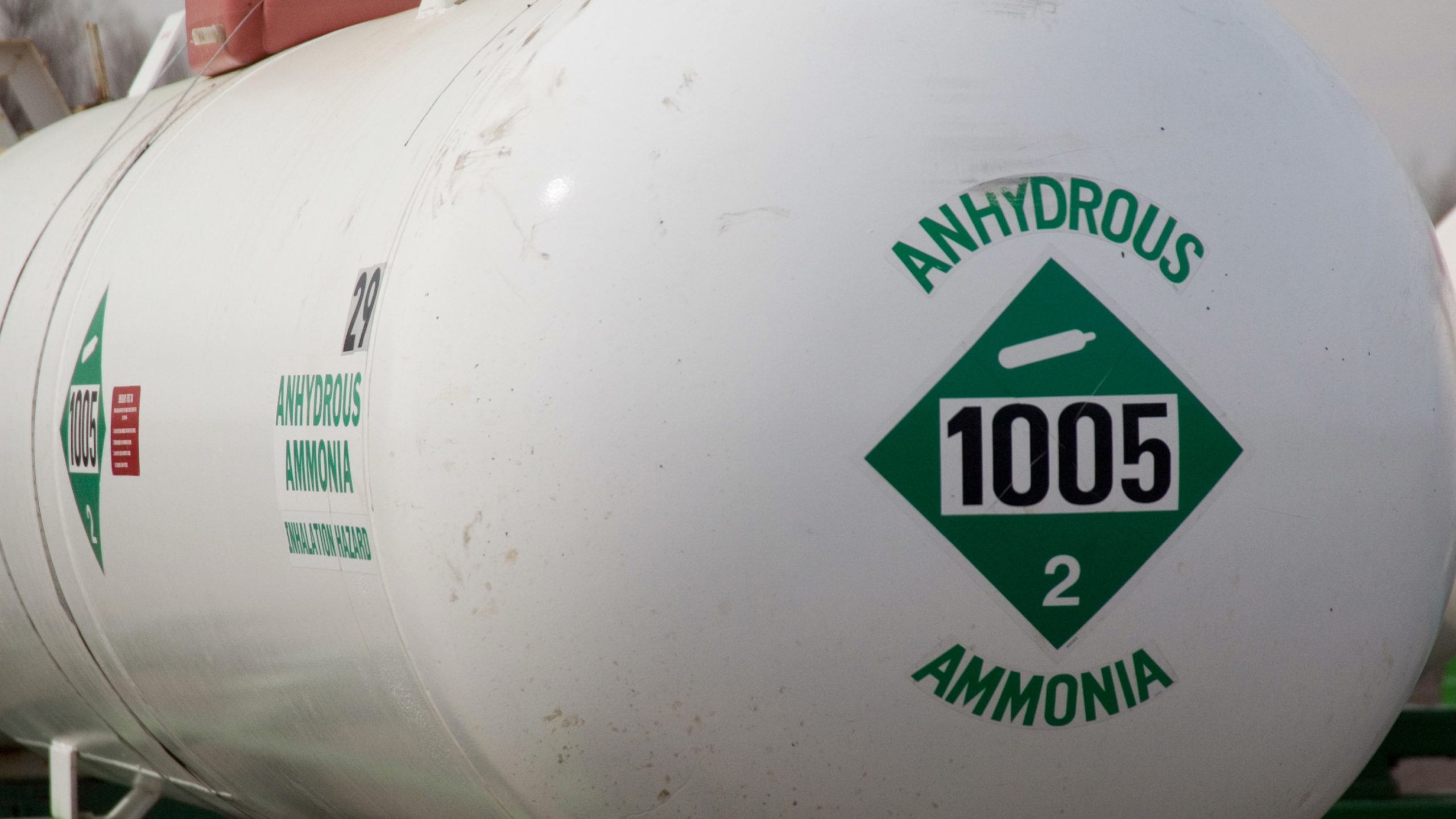Green Energy: Ammonia is one of our biggest carbon emitters. These scientists think they can make it 100% green

Pic: Getty
• Monash scientists prepare to spin-out green ammonia breakthrough
• Green energy sector poised to end week on a high
Monash claims breakthrough in green ammonia development
Victoria’s Monash has staked their claim in the race to bring green ammonia technology to the market.
They have announced plans to spin out a “world-first” environmentally friendly process to bring down the cost of renewable-powered ammonia production.
Monash has set up a new company, Jupiter Ionics, to commercialise the tech, with researchers saying reactors as small as fridges could be used to produce ammonia at the farm or community scale.
Ammonia fertilisers are one of the world’s biggest single carbon emitters, accounting for somewhere in the order of 1.8 per cent of global carbon emissions through the Haber-Bosch process, a catalytic reaction between hydrogen and nitrogen gas drawn from natural gas.
The process is only effective on large industrial scales due to the scorching heat and levels of pressure required to make it work.
That produces around 1.9Mt of carbon dioxide for each tonne of ammonia, the world’s second largest chemical commodity at a global scale of 150Mt a year.
By 2050 that market could be as big as 350Mt, highlighting the pressure on industries to green up the sector to meet net-zero targets.
Previous attempts to produce zero-carbon ammonia with renewable energy at room temperatures and pressures using the “electrochemical nitrogen reduction reaction” have only been able to deliver small amounts of the product using air, water and renewable energy.
Published in Science by Monash researchers led by internationally renowned chemist Prof. Doug MacFarlane, Dr Bryan Suryanto and Dr Alexander Simonov, their research found using phosphonium salts could be used to scale up the process.
Ammonia is valued as the “zero carbon shipping fuel” of the future and according to Prof. MacFarlane, could be used as a replacement for fossil fuels itself.
“The technology that we have developed also opens up a broad range of possibilities for future scale up to very large production facilities for export, attached to dedicated solar and wind farms,” Professor MacFarlane said.
“These could be sited in ideal renewables generating locations such as northern areas of Western Australia.”
Monash is not the only university to make headway in this space, with researchers from UNSW announcing their own process to create 100 per cent renewable ammonia earlier this year using plasma technology.
Green plays start Friday on a high
There was little news across the ASX-listed green energy sector, but sentiment remained high for players in the nascent green energy space.
Most small caps were ahead, with battery play Redflow (ASX: RFX) up 6.45% at midday on the east coast and oil and gas turned hydrogen exponent Prominence Energy (ASX: PRM) up 7.14%.
Green iron ore hopeful Iron Road (ASX: IRD) was a 7.41% gain while renewables play Mpower Group (ASX: MPR) saw a 4.65% rise to 9c.
Related Topics

UNLOCK INSIGHTS
Discover the untold stories of emerging ASX stocks.
Daily news and expert analysis, it's free to subscribe.
By proceeding, you confirm you understand that we handle personal information in accordance with our Privacy Policy.








